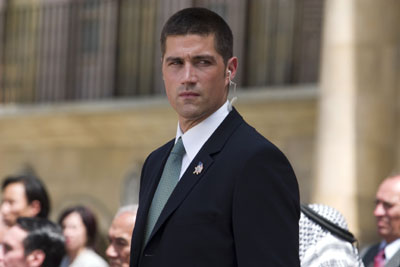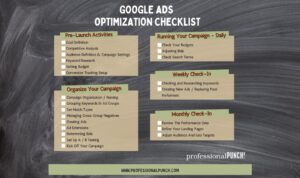Masters of Observation
The Secret Service, FBI and police all have one thing in common. They are all experts at reading others. While it is certainly useful for catching criminals, successful sales professionals also use these same stealthy communication techniques to help them get ahead.
Nonverbal Communication – Are you Listening?
Body language unconsciously communicates hidden feelings and thoughts. The better you understand the meaning of nonverbal communication, the better you’ll be at reading your customer’s body language.
There are many different ways of reading nonverbal communication: facial expressions, the clues in our voices (“vocal paralanguage”), hand gestures, body movements (“kinesics”), and personal space or proxemics. However, sometimes just being a good observer of other people and minding what signals you are sending out can make a big difference in how successful you are.
 Poker Tournament Tells and Business Communication
Poker Tournament Tells and Business Communication
Are you good at poker? Like to watch the tournaments? Like the Secret Service, professional poker players also develop a keen sense of observation, looking for their opponents’ ‘tells’ – those little gestures that tell them that someone is bluffing. Fine tuning these techniques is a critical component that the top players employ and is often the difference between going home empty handed, or bringing home millions.
So what does this have to do with business communication? Learning to read non-verbal cues will help you to avoid missing your prospects buying signals, help you to realize when a client is not happy, or help you to read the audience while giving that all important presentation.
3 Communication Cues to Watch for:
-
- Darting eyes – someone who is looking around is either anxious or bored, either way, they are not focused on you or the conversation at hand. REMEDY: Ask a question, you’ll bring the focus back on the present moment. This works well during a presentation, ask the entire audience to respond with a show of hands, you’ll reengage them and get back on track!
- Arms or legs crossed – This is considered a defensive posture. While recent research suggests that these actions may not always equate to that emotion, it is recognized as a more closed stance and can indicate a lack of comfort with you or the situation. REMEDY: If you see your client in this position, try smiling and nodding your head yes when presenting ideas. Be sure to answer their questions fully and use examples that show you were listening, this will help alleviate their doubts about your or your product/service.
- Posture – people who lean back in their chair are generally disengaged, bored or relaxed. It can also be a way of establishing power. This makes having a meaningful dialogue more difficult. REMEDY: Don’t let it rattle you, simply find a way to engage the person that gets their interest. Try giving them something to look at that literally brings them to the table and then ask their opinion. A recent article in INC Magazine titled Leadership: Strike a Pose describes research being done at Harvard Business School that reveals another strategy; if you want to become an effective leader: sit, stand, and posture as if you are an effective leader.
Remember, people who leave the negotiation table with the best deal are the ones who are skilled at reading body language. Your ability to read people will pay big dividends in both your professional and personal life. To learn more, check out The Definitive Book of Body Language by Barbara Pease.
Do you have a story about how you ‘read’ a situation using Secret Service Techniques? Tell us about it below!







